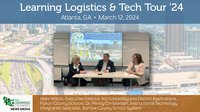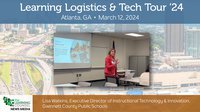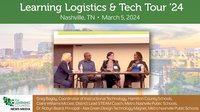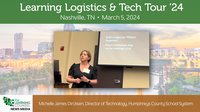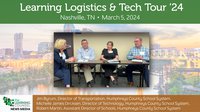District outreach critical as 10M households benefit from Affordable Connectivity Program – By Anna Merod, K-12 Dive
The $14.2 billion Affordable Connectivity Program, funded by the Infrastructure Investment and Jobs Act passed in November, has enrolled 10 million households to help provide broadband to low-income families, the Biden administration announced Monday.
The program provides financial assistance up to $30 per month for internet service for eligible households and $75 per month for households on qualifying tribal lands, according to the Federal Communications Commission. Eligible households can receive up to $100 in a one-time discount to purchase a laptop, desktop computer or tablet from participating providers if the household spends between $10 and $50 toward the purchase.
Among the 28.2 million U.S. households that do not have access to the internet, 18.1 million are in communities with broadband infrastructure but cannot afford to connect, according to a fall report by EducationSuperHighway, a nonprofit focused on closing the digital divide.
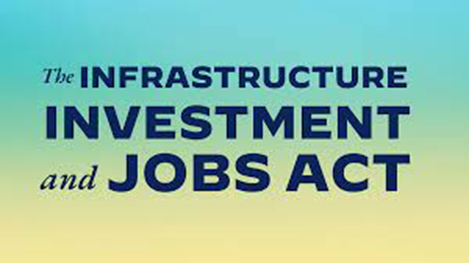
Lawmakers seek wider apprentice program for Georgia students – By Jeff Amy, The Associated Press
Georgia high schoolers who want immediate workplace experience and training could more easily become apprentices under a new $1.2 million state apprenticeship program being considered in the state Senate.
The Senate Economic Development and Tourism Committee on Wednesday debated Senate Bill 379, which would create the new program under the Technical College System of Georgia.
“Our goal is to connect the business community, the employers, with employees in certain high demand fields,” said Sen. Brian Strickland, a McDonough Republican.
The new plan would build off existing efforts, including a federal apprenticeship program and a German-certified apprenticeship program that trains manufacturing technicians in Coweta County.

Why inspiring Black students to teach is key to filling K-12 shortages – By Matt Zalaznick, District Administration
Your district’s future, diverse teacher workforce—and a key, long-term solution to teaching shortages—is likely sitting in your classrooms right now.
But they may be lured into other professions if you and your education teams don’t dispel some financial myths and intentionally encourage them to pursue a career in K-12, says Shayna Terrell, the Center for Black Educator Development‘s director of pipeline programming.
“You have to invest in them if you want to address teacher shortages and the diversity problem in education,” Terrell says. “Start telling young people that you see qualities in them that are worthy of them being a teacher. Do as much as you can to show them the enjoyment in the profession.”
The Philadelphia-based Center for Black Educator Development has been focused on recruiting, sustaining and retaining teachers of color since before the pandemic, which, Terrell adds, has only increased the strain on the K-12 workforce. “The teaching profession isn’t really marketed to African Americans or Latinx students,” Terrell says,” They are sometimes actively discouraged from going into the teaching field.”
For one, educators must dispel the myth that teachers can’t make a good living in the profession. Second, K-12 students of color will be motivated to teach if shown the opportunity to reform the system and make instruction more culturally relevant and equitable.

Bucking national trends, NYC’s 2021 graduation rates inched up as state eased requirements – By Reema Amin and Alex Zimmerman, Chalkbeat
Graduation rates in New York City rose to 81% last school year, about 2 percentage points higher than the previous year, state officials announced Wednesday.
Across the state, 86% of students graduated — roughly 1 percentage point higher than the previous school year.
New York’s data comes as graduation rates have dipped in at least 20 states.
For the second year in a row, as the pandemic disrupted teaching and learning, state education officials made it easier to graduate in the 2020-2021 school year. They canceled most Regents exams and allowed students to be exempt from taking the exams to graduate, since many students were learning exclusively from home. Instead, students had to pass the course tied to the normally required Regents exam.





